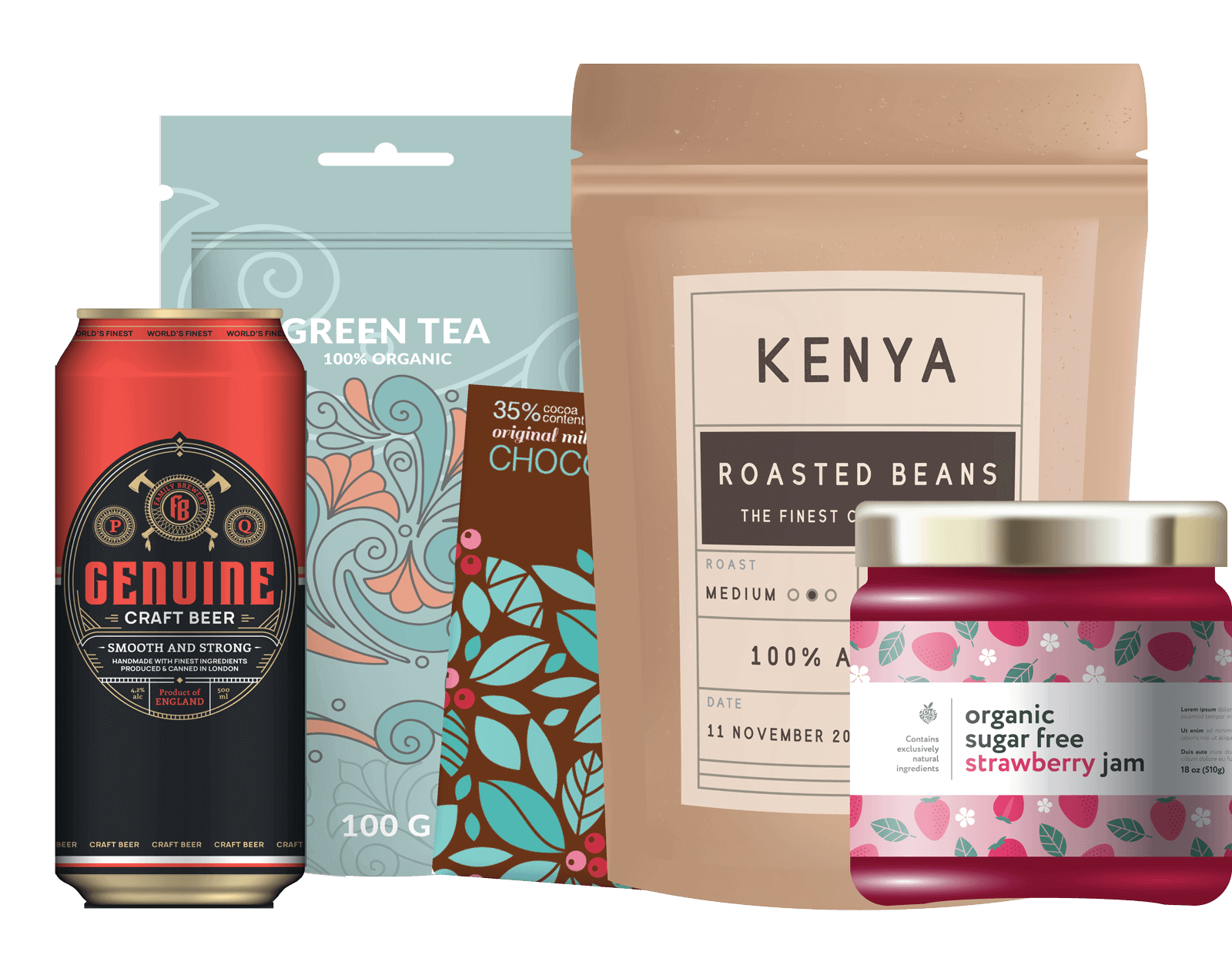Cosmetics and personal care have remained keystones in individual expression, originating thousands of years ago in Ancient Egypt, when people applied rock pigments against their eyes as a precursor to the modern eyeliner. Packaging for the beauty and cosmetic industry continues to evolve rapidly to this very day.
Starting his career with a cap liner manufacturer after the Navy, MJS Packaging Account Executive Tony Saracino understands the needs of personal care and beauty customers. He has worked in the beauty industry since 2002 with some of the biggest names, including Victoria’s Secret, Bath and Body Works and L’Oréal.
Leveraging the Cosmetic Packaging Trend Insights with Tony Saracino
With global spending predicted to rise from $483 billion in 2020 to $716 billion in 2025, cosmetic brands could significantly increase profits with a strategic packaging plan. Effective packaging could determine a brand’s competitive advantage.
The personal care industry is divided into three main segments: standard retail, professional and luxury. These segments practice varying packaging strategies through distinctive branding budgets and product price points. Within each industry segment, the target consumers have different expectations for how the packaging should look. For instance, standard retail companies may try to mimic luxury brands’ premium packaging style and feel with more affordable materials and pricing.
Generally, cosmetic brands use jars and tubes that present their products in an attractive way, while keeping the product secure. Advanced solutions, such as airless packaging, provide a closed structure that extends the life of sensitive ingredients at risk of exposure to oxygen during application. In terms of packaging innovation, you can expect continuous strides in improvement across features with container closures such as snap fits, tamper-evident designs and advancements in dispensing closures.
Supply and Demand Affect Cosmetic Packaging Strategies
Under the personal care umbrella, many products continue to fluctuate in supply and demand since the pandemic. These variations affect packaging strategies and can prove to be a challenge when it comes to predicting which way the trends will go next.
For instance, hand sanitizers, deodorants and shampoos will remain highly profitable as essential items. In contrast, non-essential beauty products such as acetone used in nail salons continue to vary in demand due to spikes in raw material costs and inflation affecting consumer discretionary spending.
Going Beyond Brick-and-Mortar Into eCommerce
The Asia Pacific and North America account for 70% of the global beauty industry’s total market size, which sees annual growth of 4.75%. While brick-and-mortar stores have traditionally served as the primary source of cosmetic products, modern trends show a gradual change in consumer behavior, leading to U.S. online channels for beauty products rising by 5.6% in 2020.
Customer-First Strategies Continue to Remain a Game-Changer
Based on the current generational trends, the need for instant gratification is something that continues to grow. Products on the market today are expected to have rapid results with top-quality ingredients. Cosmetic brands need to consider a customer-first strategy such as leveraging e-commerce platforms for quick and easy access to beauty products.
Based on Tony’s market experience, he mentions, ‘In a recession, packaging is the last thing to be affected, the first thing to come out.’
Top 2022 Cosmetic Packaging Trends
Sustainable Packaging Materials
Brands will continue to favor specific materials for their cosmetic packaging needs, such as aluminum for safeguarding oxygen-sensitive ingredients. You could also implement PETG as a premium packaging solution for beauty products, displaying a more solid and acrylic-like appearance.
In addition to PETG, Polyethylene and PET are other popular materials for cosmetic packaging. These materials also respond well to the influx of green customers. PETG, Polyethylene and PET are among the easiest plastics to recycle and are accepted by all curbside recycling programs. This makes these materials an ideal option for eco-friendly packaging.
Shelf Presence and Visual Trends

According to consumer surveys, more customers look for packaging designs with a sweet and nostalgic vibe. These include solid white packaging embellished with sprays of colorful mists, compositions that pay homage to the Y2K period (e.g., pale blues, silvers, and purples) and muted tones that encourage a zen-like, relaxed mood.
Similarly, many cosmetic brands may opt for stand-out packaging such as in-mold-labeled (IML) tubes. These containers present products with colorful designs that pop and instantly appeal to the browsing shopper.
Consider Enhancing Your Cosmetic Product Packaging
MJS Packaging offers comprehensive solutions that guide your cosmetic brand to the most effective packaging solutions, reducing costs and engaging your target customers.
Contact us or call at (800) 915-2262 to speak to one of our knowledgeable packaging solutions specialists for more information on packaging for the cosmetic industry!




